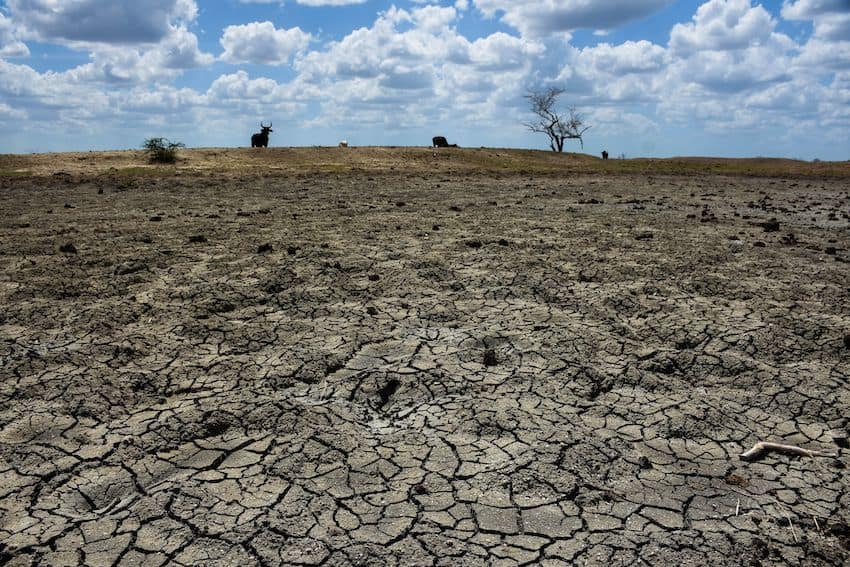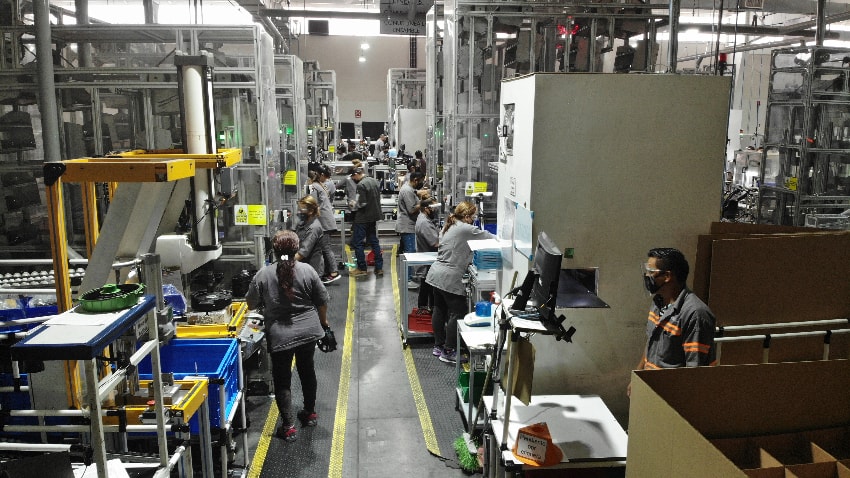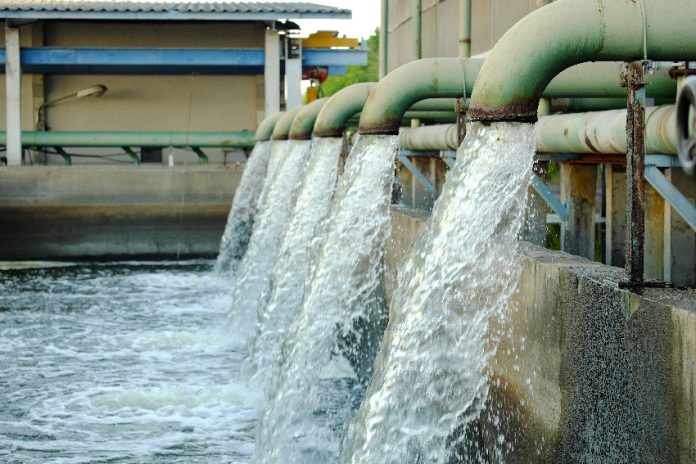It’s hard for me not to be excited about the nearshoring boom that is happening in Mexico. Significant investments in new facilities and existing plant expansions are pouring in from companies from around the globe – Germany, France, Italy, Spain, Korea, Japan, Taiwan, India, the U.S., Canada and China.
I recently wrote about my perspective on nearshoring through previous experiences with the impact of NAFTA on this economy. Most of the investment is concentrated in Mexico’s northern states, closest to the U.S. border, and others are focused on the central “El Bajío” region. All of these states have something in common, aside from being manufacturing hubs – they have dry climates and are water-stressed regions.

How can such significant investment in industry and manufacturing, along with the massive amounts of new people moving to these areas, not create major water issues? President López Obrador even said Tesla should consider building its new factory not in Monterrey, but in the southern part of the country, “where water is plentiful.”
I have worked in the water business globally – including in Mexico and Latin America – for over 15 years. I do not consider myself a water expert, but given my years of experience in the region and in the business of solving industrial water problems, I have some perspective on assessing the risks and concerns related to water in relation to increased nearshoring development.
First of all, it’s important to remember how water is used. Although it varies by country, state and city, the general mix of water usage globally tends to be ~70% agriculture, ~20% industry and ~10% domestic.
Most people are shocked when they first hear these statistics, as they tend to assume higher amounts for industry and domestic use. Nearshoring will most impact the 20% related to industrial use, and with an influx of new residents into some municipalities, the 10% related to domestic usage will be affected as well.

Industry is a very broad category as many different subsegments have different water usage levels. Heavy industry segments like paper and steel mills and power plants use the most water.
That said, even these industries are investing in creative solutions to reduce their water footprint. This past week, Ternium, an Argentine steel company, announced a US $3.2 billion investment in their plant in Nuevo Léon, that will use recycled wastewater in production processes.
Lighter industry segments, like general manufacturing and assembly – the segments most likely to expand with nearshoring – tend to use significantly less water. In many of these facilities, the most significant water use can be in the restrooms or cafeteria for the employees!
Having worked in the water industry with thousands of industrial companies as clients, I have seen firsthand that almost all of these companies have sustainability goals in place in which they constantly strive to use less water and energy each year. Most of these companies share best practices across their facilities globally, even best practices between competitors, to use less water.
Many invest in tools and technologies that better control, monitor, reduce, reuse, and recycle water throughout their facilities because it’s in their best interest to save water. Why? In most parts of Mexico, water is expensive!
Many municipalities or industrial parks charge industrial customers significant amounts for clean water and even more to receive dirty water.
In almost every multinational industrial operation I have seen, long gone are the days when companies just waste water indiscriminately. It just doesn’t make financial or business sense for them to do so.
GDP growth and improved living standards bring increased water usage, that’s a fact anywhere in the world. An increasingly wealthy Mexico most certainly will need more water. Fortunately, there are societal and financial incentives for industry to use less water and there are many technologies that help companies to reduce, reuse, and recycle their water usage. The business case for companies to invest in this technology is quite compelling and in most cases quickly pays for itself.
With the rapidly changing climate and its unpredictability, I don’t think anyone can feel completely comfortable about water these days. It seems like almost everyone is either struggling with too little or too much water at any given time period.
I think that if we as a society continue to prioritize this issue it will pressure industry to invest to use as little water as possible in their operations. It will not be a completely painless process, but I believe the nearshoring boom will not have a significant direct impact on water resources in most regions.
We welcome and encourage letters to the editor to share your perspective and experience – let’s start a conversation on this important topic!
